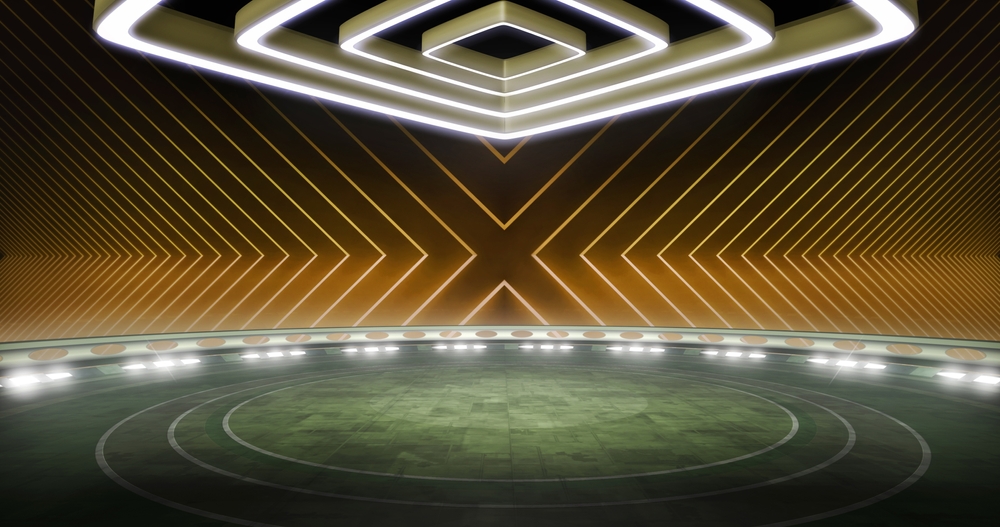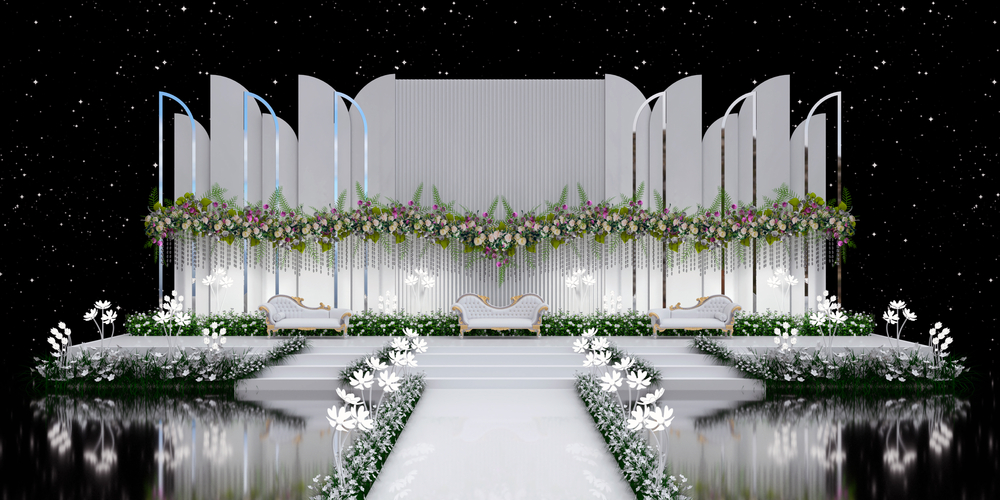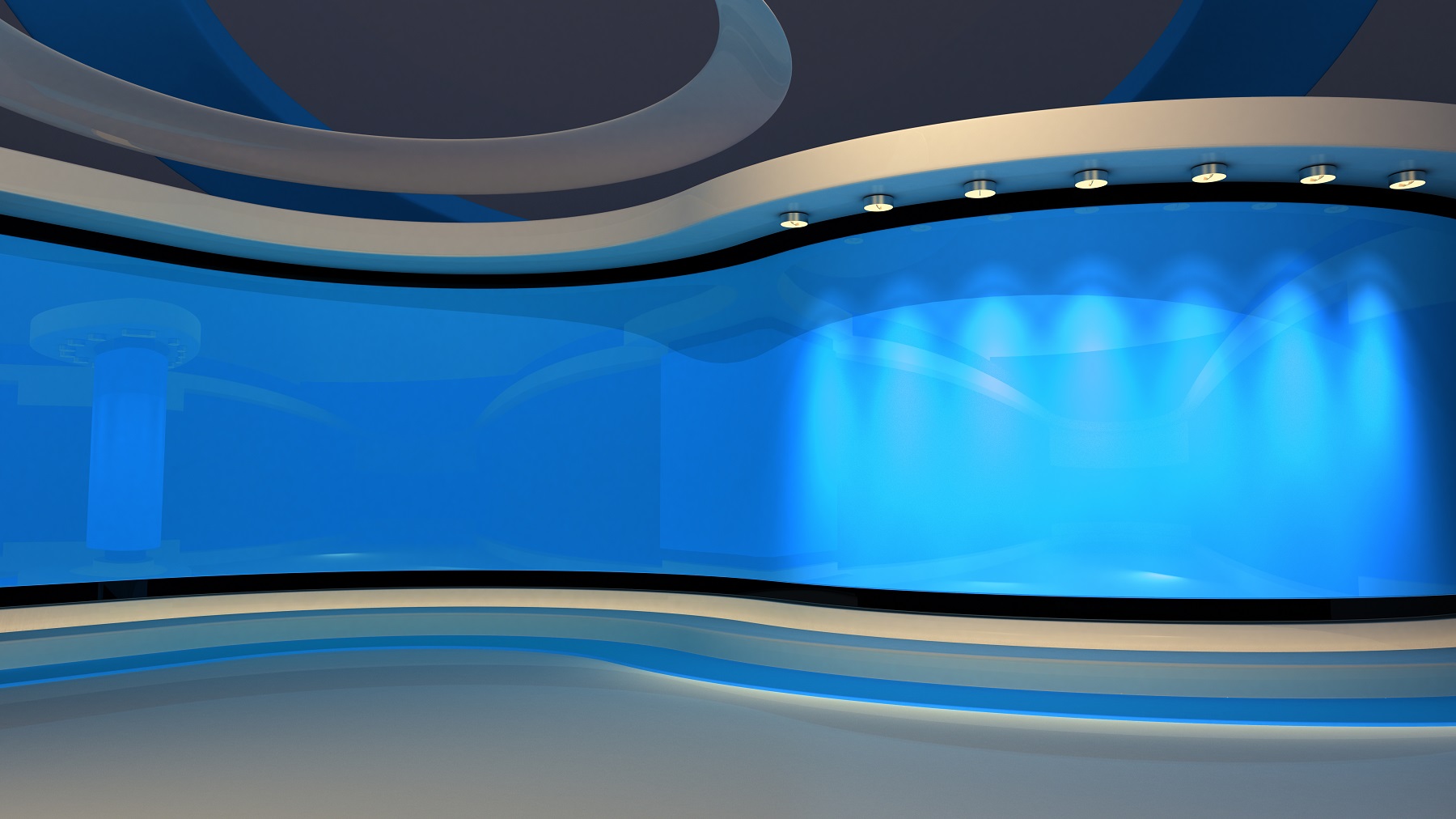As event production experts at Stage Set Productions, we understand that the process of hiring a stage set is not without its challenges. Organisers must navigate various considerations and potential pitfalls to ensure a smooth and successful production. From planning and budgeting to technical specifications and safety regulations, there are numerous factors to consider when selecting the right stage set for a theatrical endeavour. In this blog post, we’ll explore some of the common mistakes and how to avoid them when hiring a stage set. By understanding these pitfalls and taking proactive measures to address them, organisers can maximise the impact of their productions and create memorable experiences for audiences.
Lack of Planning
Thorough planning is the cornerstone of a successful stage set hire. It involves careful consideration of the production’s unique requirements, including size, style, and technical specifications, to ensure that the chosen set aligns seamlessly with the artistic vision and logistical needs of the performance.
1. Consequences of Inadequate Planning
Failing to invest sufficient time and effort into the planning phase can have detrimental consequences for production. These may include:
Delays: Inadequate planning can lead to delays in the production timeline, as organisers scramble to address last-minute changes or revisions to the stage set design.
Budget Overruns: Without a clear plan in place, organisers may underestimate the costs associated with hiring and installing a stage set, resulting in budget overruns and financial strain.
Mismatched Sets: In the absence of thorough planning, organisers risk selecting a stage set that fails to meet the production’s needs or align with its artistic vision. This can result in mismatched scenery that detracts from the overall cohesiveness of the performance.
2. Determining Specific Requirements
Before embarking on the stage set hiring process, organisers must conduct a detailed assessment of the production’s needs. This includes:
Identifying key locations and scenes within the script that require specific staging or scenery.
Thematic elements and visual aesthetics of the production are considered to inform the design of the stage set.
Assessing technical requirements, such as lighting, sound, and special effects, to ensure compatibility with the chosen set design.
Ignoring Budget Constraints
One of the most common mistakes when hiring a stage set is overlooking budget constraints. In the excitement of planning a production, organisers may underestimate the costs associated with hiring and installing a stage set, but overlooking costs can lead to financial headaches later on. It is crucial to address budget considerations from the outset to ensure a financially sustainable production.
Set a Realistic Budget
Start by establishing a budget that covers all the costs associated with hiring a stage set. Consider not only the cost of the set itself but also expenses like design, construction, transportation, and installation.
Consider All Expenses
When figuring out your budget, remember to think about all the costs of hiring a stage set. Here are some things to consider:
- Set design fees for professional designers or consultants.
- Construction costs for building or assembling the set.
- Transportation expenses for delivering the set to the performance venue.
- Installation fees for assembling and installing the set on stage.

Managing Costs Effectively
While it’s important to stick to the budget, organisers can effectively manage costs without compromising on quality or artistic vision by:
- Prioritising essential elements of the stage set and allocating funds accordingly.
- Exploring cost-saving alternatives, such as renting pre-made sets or repurposing existing props and scenery.
- Negotiating with stage-set/wp-content suppliers to secure competitive pricing and discounts.
- Being proactive in identifying potential cost-saving opportunities throughout the planning process.
Failing to Consider Venue Constraints
When hiring a stage set, it’s essential to consider the specific constraints and limitations of the performance venue. Ignoring this can cause a bunch of problems that mess up your event. Here’s what you need to know:
1. Logistical Challenges
Forgetting about the venue’s limits can cause some tricky problems:
- Your stage set might not fit right, making the stage too crowded or the setup awkward.
- The venue might not have what you need for special lights or effects to work properly.
- It might be hard to move the set into place if there are tricky entrances or not enough backstage space.
2. Understanding Venue Limits
Every venue has its own rules and quirks that you need to think about. Some common things to consider are:
- Size: Make sure the stage set fits the space without being too cramped or too big.
- Structure: Check if the venue can handle the weight and rigging needed for your set.
- Shape: Pick a design that matches the venue’s layout so it looks natural.
- Technical Stuff: See if the venue’s lighting, sound, and special effects gear will work with your set.
3. Conducting Site Visits and Consultations
Before you finalise your stage set, visit the venue and chat with the folks in charge. Here’s what you should do:
- Take a look around to see if the set will fit and work well.
- Discuss logistics and practical considerations with venue staff, such as load-in procedures, access points, and storage options.
- Collaborate with venue managers to identify potential solutions or workarounds for any compatibility issues that arise.
Ignoring Safety Rules
Ignoring safety regulations when hiring and installing a stage set can lead to a range of serious risks and consequences that can cause big problems to the well-being of performers, crew members, and audience members. Some of the key issues that may arise from neglecting safety regulations include:
1. Increased Risk of Accidents and Injuries
Not sticking to safety rules makes it more likely that accidents will happen during rehearsals or shows. This may include:
- Trips, slips, and falls due to uneven or poorly maintained stage surfaces.
- Collisions with stage set elements or equipment that are not properly secured or marked.
2. Weak Stage Structures
Ignoring safety rules can make the stage less safe for everyone. For example:
- Using flammable materials or not having enough fire safety measures could lead to fires.
- If the stage isn’t built right, it could collapse or wobble during the show.
3. Safety Regulations
Organisers need to understand and adhere to common safety regulations and guidelines to create a safe and secure stage environment.
Prioritising Safety
Keeping everyone safe during production is important. Here’s what you can do to make sure safety is a top priority:
- Check for potential dangers and figure out how to make things safer throughout the production process.
- Stick to the rules and guidelines to make sure everything meets the right standards.
Here are some key safety rules to keep in mind when setting up a stage:
- Use fire-resistant materials and make sure fire exits are easy to find and use.
- Ensure the stage is strong and won’t collapse during the show.
Choosing Safe Suppliers
When hiring a stage set, pick a supplier who takes safety seriously:
- Look for suppliers with a good reputation for providing safe stage sets.
- Ask for proof that they meet safety standards, like fire safety certificates.
Environmental Health and Safety at Princeton University provides comprehensive guidelines on event safety, covering aspects from event planning and registration to set design and construction.
Overlooking Technical Requirements
One common mistake when hiring a stage set is overlooking technical requirements such as lighting, sound, and special effects. Failure to consider these technical aspects can lead to compatibility issues, performance disruptions, and compromised production quality. It’s essential for organisers to coordinate technical requirements with the stage set design to ensure seamless integration and optimal performance.
Problems from Ignoring Technical Needs
Forgetting about the technical stuff when hiring a stage set can cause some serious issues:
- Compatibility Problems: If the stage set doesn’t work with the lights, sound, or special effects you need, it can mess up the show or make the effects less impressive.
- Performance Limits: Without considering technical needs, you might not be able to do all the cool stuff you want, making the show less exciting.
- Safety Risks: Ignoring technical requirements could lead to unsafe situations, like bad wiring or equipment in the wrong place, which could cause accidents during performances.
Dealing with Technical Needs
When you’re getting a stage set, it is important to think about the technical stuff too. Here’s what you should consider:
- Lighting: Make sure the stage set lets you put lights where you need them to make the show look great and everyone can see properly.
- Sound: Think about how the sound will sound in the space and if you need any extra equipment to make it clear and balanced.
- Special Effects: If you’re planning any cool effects like fog or fireworks, make sure the stage set can handle them safely.

Conclusion
When you’re getting a stage set for an event, there’s a lot to think about to make sure everything goes smoothly. From planning and money worries to venue and tech problems, there’s plenty that could trip you up. To avoid all the hassle, consider teaming up with Stage Set Productions for reliable stage set hire services. We know our stuff and can help you pick the perfect set for your show. With us, you’ll get a stage set that fits your space and makes your production shine.

